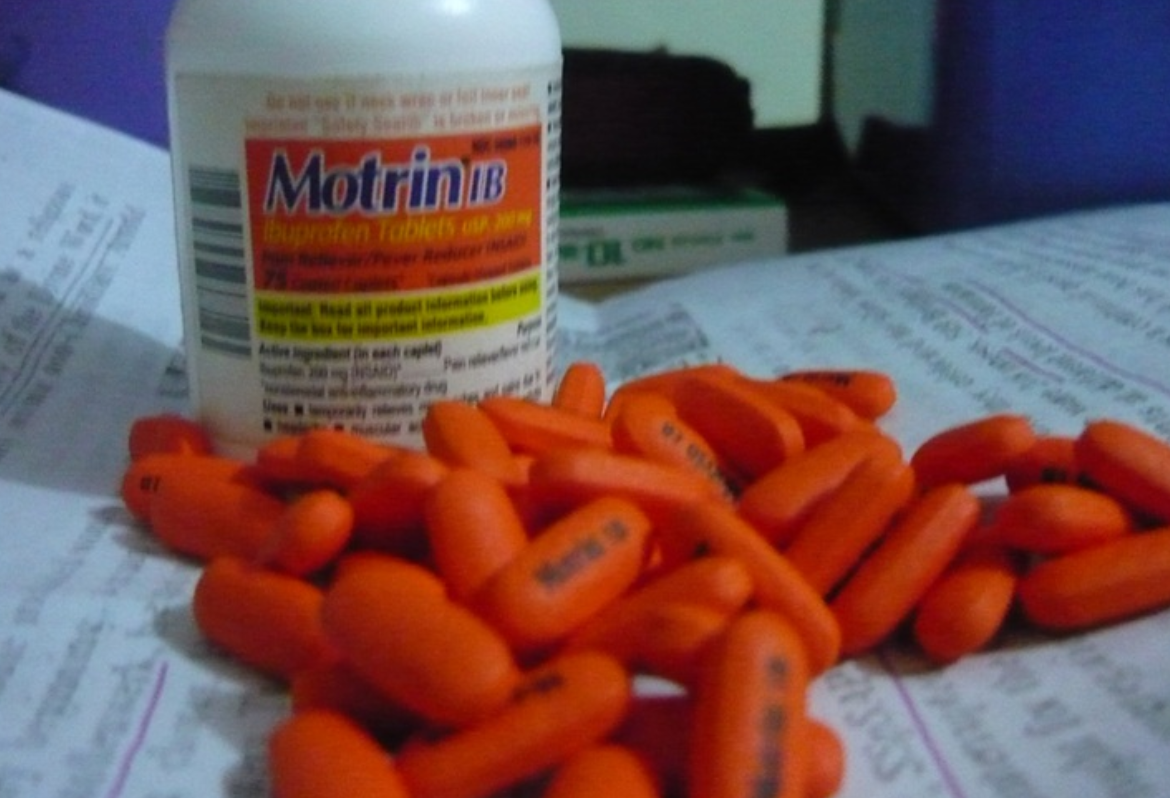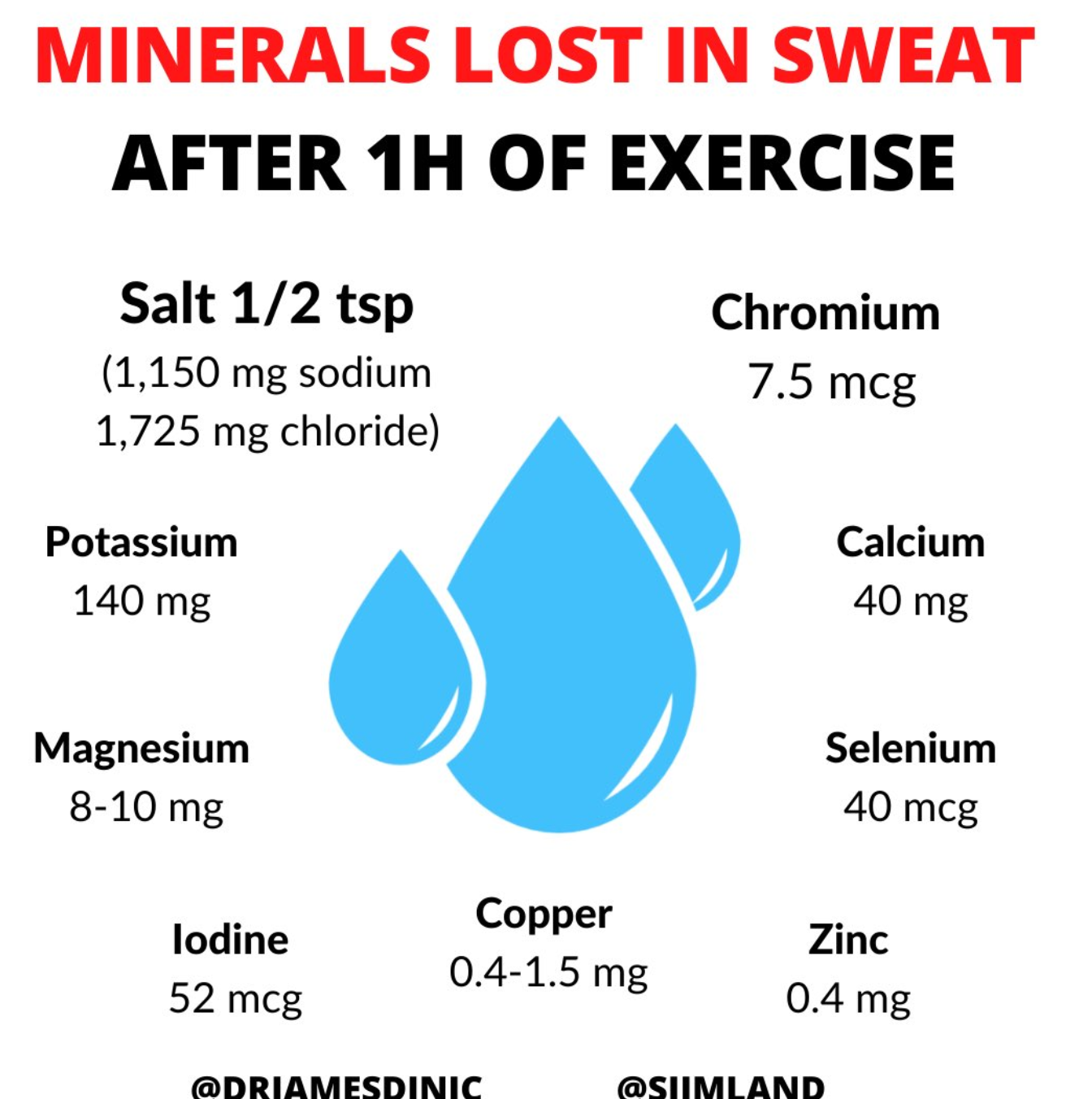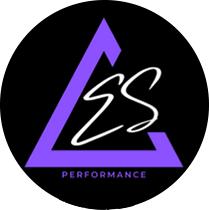
07 Jul Things You Think Are Good For Your Youth Athlete, But Aren’t
There’s been a plethora of controversial topics on this blog. Over the years, I’ve triggered people with articles on conditioning, the youth sports system, and standing up for your children.
If you’re still here and resonate with the content, thank you.
If you’re somehow still here and hate my content, yet still view every story and blog post, thank you. I know who you are and have been watching you. ;-O
This post is just as fiery as the ones in the past, and will challenge your current story. Let’s dive right into the things you think are good for your youth athlete, but aren’t.
1. NSAIDs
When an athlete has an acute injury, the first thing an adult suggests is to pop a pill. “Take a motrin!” they exclaim as they see their young athlete suffering.
Nonsteroidal anti-inflammatory drugs such as motrin, aspirin and ibuprofen are terrible for a child. More and more studies are showing these pills delay bone and connective tissue healing. Sure, they may alleviate a temporary moment of pain, but looking at long-term, they disrupt the natural healing process for the child.
Adding on to the disaster, they can also impact digestive health which can cause a storm of disrupted sleep and immune function.
To facilitate the healing process, kids can consume natural sources such as foods packed with collagen, amino acids, B vitamins, and vitamin C. They’ll also be more nourished and energized.
2. Water as hydration
Go to the supermarket and you’ll see a myriad of water brands – alkaline, spring, pH water. The water industry has had a field day telling humans they aren’t hydrated enough and that their magic formula will solve dehydration.
However, what the water folks aren’t telling you is what you lose when you sweat. You aren’t just losing water, but rather, minerals such as magnesium, potassium, zinc, iodine and more. Check out this graphic from Dr. James DiNicolantonio:

As you can see, just drinking water doesn’t do much to replenish the minerals lost during exercise. This is why young athletes need to get their hydration from sources packed with nutrients, such as fruits and vegetables, as well as hydration drinks that have electrolytes.
When an athlete is depleted of these nutrients, their cognitive ability declines – focus, energy, motivation, and processing – so be sure to give them more than water.
3. Ice
Icing an injury does not speed up the internal healing process. It’s a temporary relief that isn’t worth it in the long run if an athlete wants to get blood flow to the injured area and produce more insulin-like growth factor to boost muscle repair and regeneration.
My recommendation would to be elevate the injured area, but begin to move it immediately. Even if it is a few millimeters at a time, the tissue needs to blood flow and oxygen delivery to begin to repair itself. As an example, if a kid has an injured ankle, they can slowly write the ABCs with their ankle to gain some mobility back.
Check out these studies here, here and here.
4. Long slow distance running
Kids already tick the aerobic box.
Whether this is from daily walking, warming up with their team, playing outside with friends, they get enough endurance work. If you want your kid to be more robust, faster, stronger and more powerful, you’d evade the long slow distance running altogether.
Jogging at slow speeds exposes their nervous system to more slow twitch muscle fiber recruitment and gets them into the jogging motor pattern that takes them away from speed development.
Even as recovery, do not use long slow distance running. It’s a disaster.
After competition, kids are out of alignment, with the majority of their sports being quadricep, hip flexor, and anterior dominant, so as recovery, it is best to not add more fuel to fire by running. They’re better off going for a walk to calm the nervous system, doing belly breathing to reset the posture and relieve the hip flexors and chest, or performing these rest exercises below:
Head Nods: reboot range of motion in cervical spine
Heel Hold: fire posterior chain (gluteals and hamstrings)
Quad Foam Roll: calm nervous system, soft tissue release of tight muscles
Floor Hip Rolls: relieve tight hip flexors, reset upright posture, align head and pelvis
Get THE YEAR-ROUND TOTAL YOUTH SOCCER FITNESS PROGRAM HERE
WORK WITH ME IN TAMPA, FLORIDA FOR SOCCER SPEED AND CONDITIONING TRAINING HERE.


No Comments